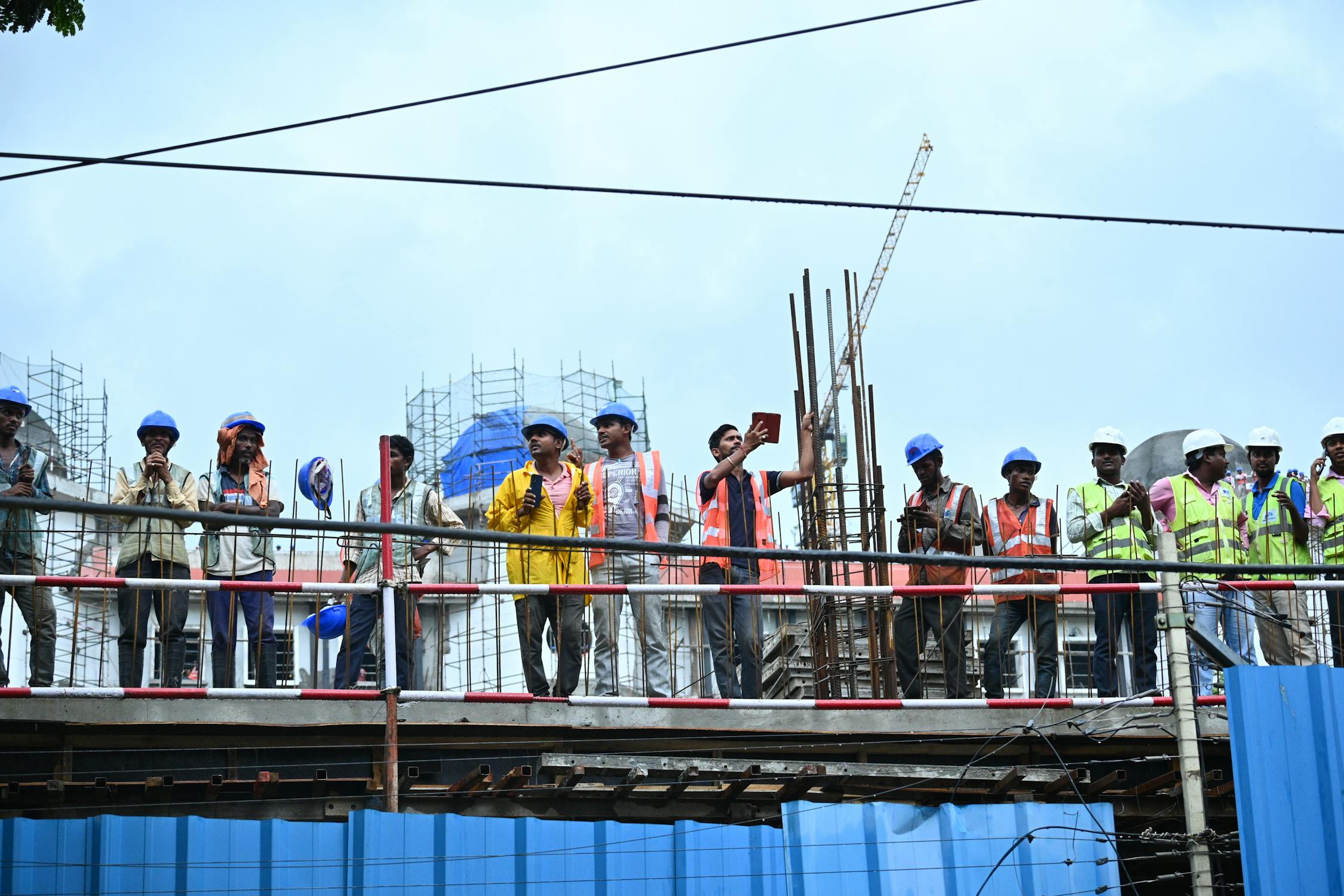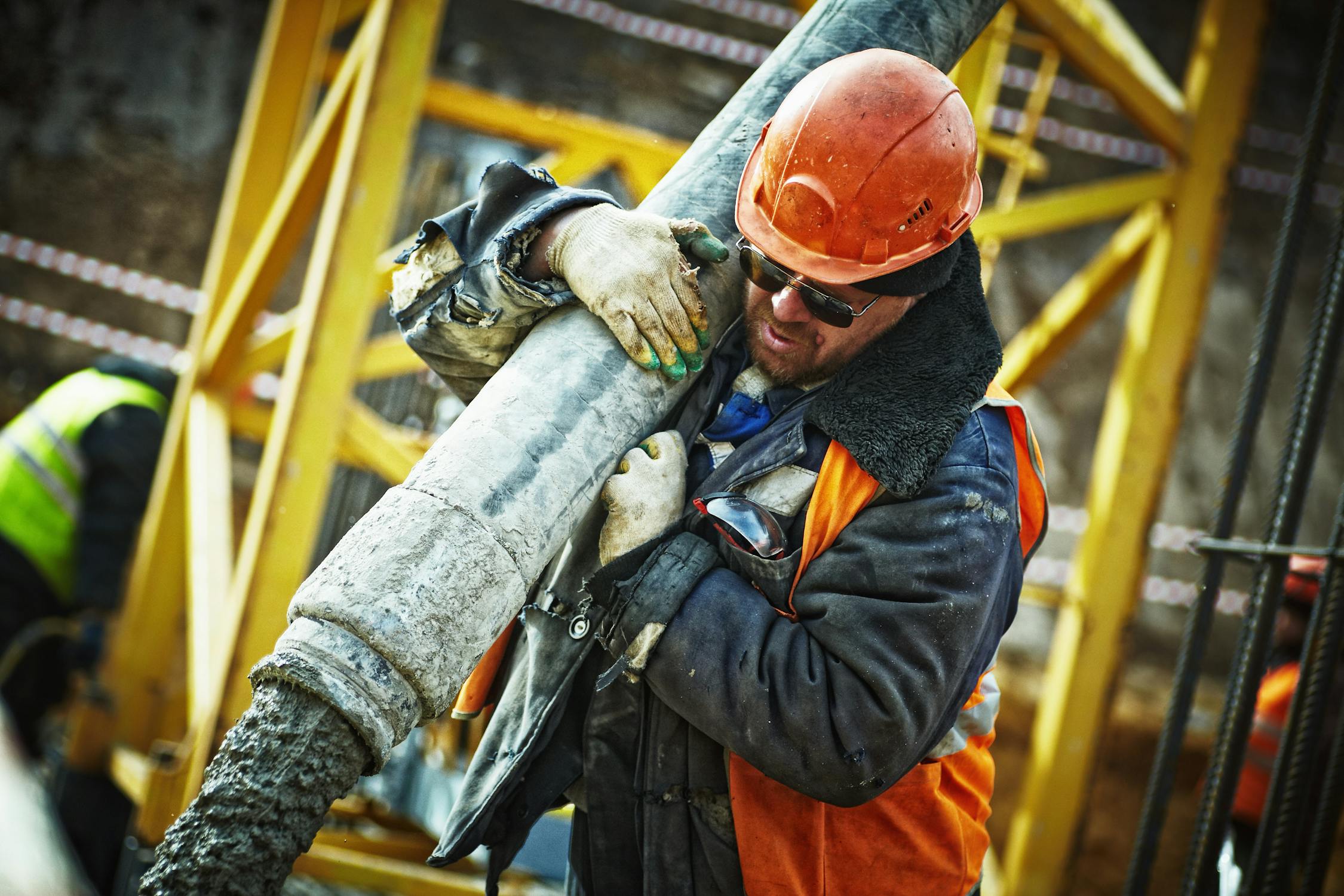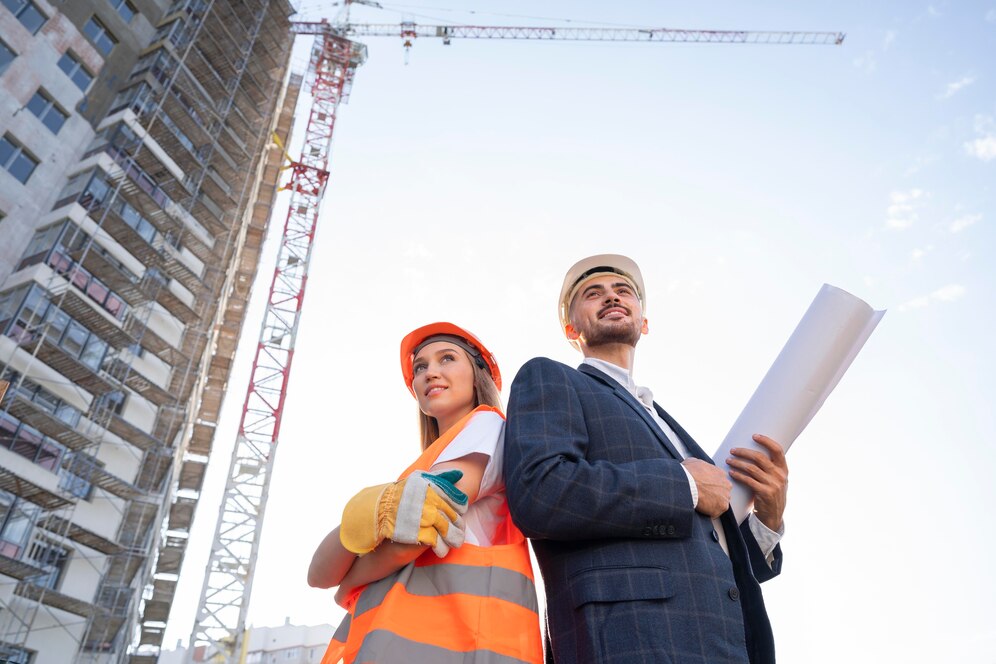In the construction enterprise, the term “503 zone” isn’t widely recognized as a widespread nomenclature. However, it might consult with unique scenarios wherein construction guidelines, zoning legal guidelines, or improvement codes below a regional code categorized “503” are carried out. For example, in a few towns or areas, phase 503 of neighborhood building codes or zoning ordinances may additionally set forth guidelines about building height, vicinity barriers, or even unique issues for hearth protection and accessibility. When venture projects that fall inside a “503 region,” it’s miles crucial for contractors, architects, and challenge managers to thoroughly recognize these necessities to make sure compliance and successful mission execution.
The following dialogue will discover the concept of 503 zone creation, potential demanding situations, commonplace regulations that could apply below this term, and pleasant practices for efficaciously coping with creation initiatives in such zones.
What is 503 Zone Construction?
The phrase “503 sector” might arise in connection with precise zoning designations or constructing code sections that have unique implications for construction projects. In some jurisdictions, zoning codes use numbers like “503” to label sections that outline policies for land use, building density, peak regulations, fire safety measures, and different important production concerns. For example, “503” ought to relate to International Building Code (IBC) sections that dictate building requirements which includes height and area obstacles for unique forms of occupancies.
While now not a universally adopted standard, knowledge the unique which means of “503 sector” within the relevant context is crucial for project teams. It may additionally relate to regions precise for particular sorts of improvement, inclusive of residential, commercial, or combined-use, wherein unique policies want to be adhered to. Alternatively, it is able to contain interpreting building code provisions where section 503 is worried with structural components or fire safety measures that effect the task’s design and execution.
Common Challenges in 503 Zone Construction
Construction inside areas ruled by means of precise zoning or code requirements including a “503 region” can gift numerous demanding situations. These can include:
- Navigating Complex Regulations
- Depending on the jurisdiction, construction codes and zoning laws may be pretty complicated. Understanding how segment 503 applies, interpreting its provisions successfully, and ensuring that every one constructing plans adhere to those requirements may be difficult, especially in dense urban regions with stringent guidelines. Misinterpretation or overlooking certain provisions can result in task delays, fines, or the want for tremendous remodel.
- Fire Safety and Accessibility Requirements
- Many building codes, which include phase 503 of the International Building Code (IBC), have strict guidelines for hearth safety, which includes hearth resistance ratings for partitions, distance necessities between homes, and get entry to for emergency responders. Ensuring compliance with these necessities needs meticulous planning, coordination with local fireplace authorities, and careful choice of substances. Accessibility necessities may additionally play a extensive position, in particular for public homes or multi-family residential developments.
- Height and Area Limitations
- Zoning and constructing codes often set maximum limits on the peak and footprint of systems in positive zones. Section 503 in a few building codes can dictate how tall a building can be based totally on its occupancy kind and production classification. For example, a commercial building in a densely populated place might have stricter height regulations than a comparable constructing in a much less populated area. These limitations can effect the architectural design, structural engineering, and typical feasibility of a venture.
- Environmental and Sustainability Considerations
- Regulations might also increase to environmental sustainability measures, which include electricity efficiency standards, stormwater control, and green building certifications. Navigating those requirements, in particular if local ordinances undertake codes like LEED (Leadership in Energy and Environmental Design) alongside conventional constructing codes, can upload layers of complexity to the approval and production processes.
- Coordination with Local Authorities
- Compliance with zoning codes often calls for coordination with local making plans forums, building inspectors, and fireplace marshals. Approvals can contain a couple of tiers of overview and can require adjustments to layout plans. Fostering precise communique with these government and filing entire, correct documentation is crucial to keep away from approval delays.
Understanding Key Provisions in Section 503 of Building Codes
In a few contexts, “section 503” of a building code, which include the IBC, may additionally offer crucial guidance on the requirements for top and region limitations, hearth protection, and different structural concerns. Here’s a breakdown of some key components:
- Building Height and Area Limitations
- Section 503 of the IBC specifies the allowable constructing height and ground location based on occupancy sorts (such as residential, business, or commercial) and construction classifications (Type I via Type V, with Type I being the maximum fire-resistant). The aim is to ensure that the constructing can accommodate secure evacuation and restrict hearth unfold. If a building exceeds those boundaries, extra hearth safety features may be required, or opportunity creation techniques should be used to stay inside allowable stages.
- Fire Separation Distance
- The code regularly consists of requirements concerning the minimal distance among buildings to prevent the unfold of fire. In densely built regions, those necessities can have an impact on site planning and layout. Compliance may additionally involve incorporating hearth-resistant construction substances and layout factors like firewalls.
- Occupancy and Construction Classification
- Each building’s use or occupancy influences its code requirements. For example, homes that serve excessive-hazard populations, consisting of hospitals or schools, have stricter hearth safety requirements than general office buildings. The creation type refers back to the substances and methods utilized in creation, which affects the allowable height and area of the constructing.
Strategies for Successful 503 Zone Construction

To conquer the challenges and meet the requirements related to 503 area creation, numerous strategies may be employed:
- Thorough Planning and Pre-Construction Analysis
- The first step is to conduct a detailed evaluation of the building code and zoning requirements relevant to the mission. This includes identifying any peak regulations, setback requirements, fireplace safety provisions, and accessibility tips. Engaging with zoning specialists and experts who’re acquainted with neighborhood regulations can provide treasured insights that help streamline the approval manner.
- Collaboration with Design Professionals and Code Officials
- Architects, engineers, and contractors should work closely collectively from the outset to ensure that every one code necessities are integrated into the design. Early involvement of code officers can also facilitate smoother plan evaluations and quicker approvals, as any capability problems can be addressed before they escalate.
- Use of Advanced Design Software for Code Compliance
- Building Information Modeling (BIM) and other design software program can be used to simulate code compliance, including fire protection measures and structural requirements. These gear assist perceive potential code violations early within the design method and offer solutions to meet the necessary standards.
- Fire Safety Planning and Material Selection
- Selecting materials that beautify fire resistance, which includes fireplace-rated partitions, doors, and sprinklers, can help meet hearth safety requirements specified in segment 503 or comparable codes. Coordinating with hearth protection experts for the duration of the planning phase ensures that the constructing’s design aligns with nearby fire branch necessities.
- Sustainability Integration to Address Environmental Codes
- Many zoning codes now consist of sustainability measures, and incorporating green building practices can not handiest make certain compliance but also upload long-term fee to the assets. Consider functions inclusive of strength-efficient HVAC structures, low-water landscaping, and rooftop sun panels.
- Staying Informed About Code Changes
- Building codes are often up to date, and staying knowledgeable about upcoming modifications can assist mission teams count on future necessities. This proactive approach guarantees that new developments incorporate the trendy safety and sustainability standards.
Case Studies: Successful Applications of 503 Zone Construction Principles
- Urban Mixed-Use Development
- In a primary town, a mixed-use improvement challenge correctly navigated section 503 requirements related to building peak barriers and hearth safety through incorporating a sturdy fireplace safety system and utilising a terraced design to meet height restrictions while maximizing usable space.
- Renovation of a Historic Building
- A historic constructing’s protection required cautious adherence to phase 503 suggestions for fire protection and occupancy classification. The task team used fire-rated materials and introduced present day sprinkler structures whilst keeping the building’s architectural integrity.
- High-Rise Office Building
- The production of a excessive-upward push office in a place with strict hearth protection codes carried out compliance through the usage of superior hearth-resistant substances, integrating compartmentalization strategies within the design, and ensuring the proper placement of departures and fireplace boundaries.
Conclusion
503 quarter creation, whether referring to unique zoning policies or constructing code sections like segment 503, requires cautious attention of different factors, which includes constructing height, area barriers, hearth protection, and environmental requirements. By expertise the particular requirements, planning thoroughly, and taking part with specialists, assignment teams can navigate these complexities effectively. Employing fine practices, along with the use of superior software program for compliance simulation and integrating sustainability measures, can further beautify the success of production initiatives in those regulated zones.













